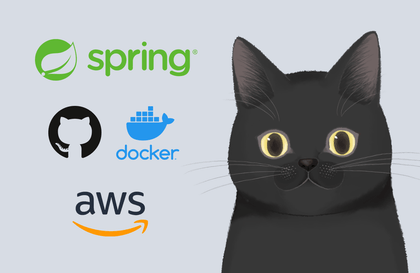
Backend in one day with Juju - Spring, Docker, AWS
jyujyu
Aren't you at a loss as to where to start with backend development? Start backend development in one day with Juju!
초급
Spring, Spring Boot, JPA
We will complete one full cycle of a backend service using Spring Boot, MySQL, Docker, AWS EC2, and RDS. Gain a sense of accomplishment through application deployment, and cover issues server developers face in real-world API development and their solutions.
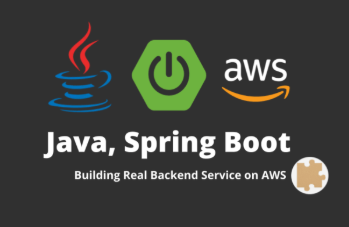

Spring Boot
Spring Data JPA
MySQL
Docker
Docker compose
AWS EC2
AWS RDS
Pagination
JPA Association
Database Index
Transaction
Git, Github
CI/CD (Github Actions)
“I’ve tried developing by watching YouTube and blogs, but I’m not sure if this will actually work in practice …”
“I created the API, but distribution was always blocked, so I couldn’t finish it. ”
“I can build applications locally, but I avoid the cloud or Docker because they seem too complicated …”
“I want to make the backend service I created well , but I don’t know where to start…”
👉 This course is a one-cycle course to become a backend developer with experience in Spring Boot development and AWS deployment.
I can complete one cycle of practical backend work, too.
Backend project created with Spring Boot, MySQL, and AWS
This lecture is not a simple CRUD example,
Experience everything from application configuration → development → deployment → problem resolution → function improvement.
“This is the process of completing a practical backend project.”
Key learnings include:
Backend development based on Spring Boot 3.4.4 & Java 21
Designing a domain model using JPA
Connecting to a database with MySQL & Docker
AWS EC2, RDS, Deployment
Pagination, JPA, Transactions
I too was a backend junior who didn't have a proper shooter .
Questions like “ Is the project I created working properly? ” and “ How do I actually deploy it? ” filled my head.
So this lecture
👉 “Overall flow” is more important than the implementation of the function itself
👉 A structure similar to a service that actually returns
👉 Backend development cycle considering distribution and maintenance
Designed around .
📌 Acquire practical skills based on Spring Boot, MySQL, and AWS all at once!
We complete projects with a ‘service-like’ structure using technology stacks frequently used in the field.
📌 90% practice, 10% theory. Learn backend with real working code.
During the lecture, all code is tested directly and verified to be working in real time. You will experience real deployment.
📌 Beyond simple CRUD, to data consistency and improved performance
You can maintain data consistency through transactions, make various performance improvements, and gain practical skills in server development.
📌 This course is for beginners.
We provide a 'bridge' for those who have basic knowledge of Java and Spring Boot to move on to practical work.
This is not a tutorial-style lecture that simply follows the functions.
In the first part, you will develop a small application yourself, deploy it in real life , and gain a sense of accomplishment.
In the latter half, we will focus on pointing out areas that backend developers need to consider and solving them together.
It contains the know-how of a backend developer based on trial and error and experience in the field.

“I want to try server development, but I have no idea how to do it…”
Aspiring developers/students who are not familiar with backend service development and are at a loss as to where to start for server development

“I’m not sure if I’m building the right application, and I’m not sure if I’m developing it right.”
Aspiring developer/job seeker studying Java and Spring Boot on his own

“I want to build a real deployable backend service from start to finish, but I’m not familiar with AWS either.”
Junior developers who are not confident in AWS setup or deployment other than local development.
The flow of server development that felt vague becomes clearer, and you can directly experience the entire cycle of backend service development from planning to design, development, and distribution.
→ Through this course, you will be able to complete a project from start to finish and gain practical experience that you can confidently show off in your portfolio .
A job seeker who has learned the basics of Java but is at a loss as to how to start and improve development in the field .
→ This course is perfect for developing practical skills as it provides improvement tips that will help you develop Spring Boot applications and servers as if they were real services.
I've only developed on my local computer and would like to try using the cloud, but I keep getting frustrated because it doesn't work properly no matter how I search.
→ This course covers application servers and database connections on the AWS cloud in detail, eliminating the fear of deployment.
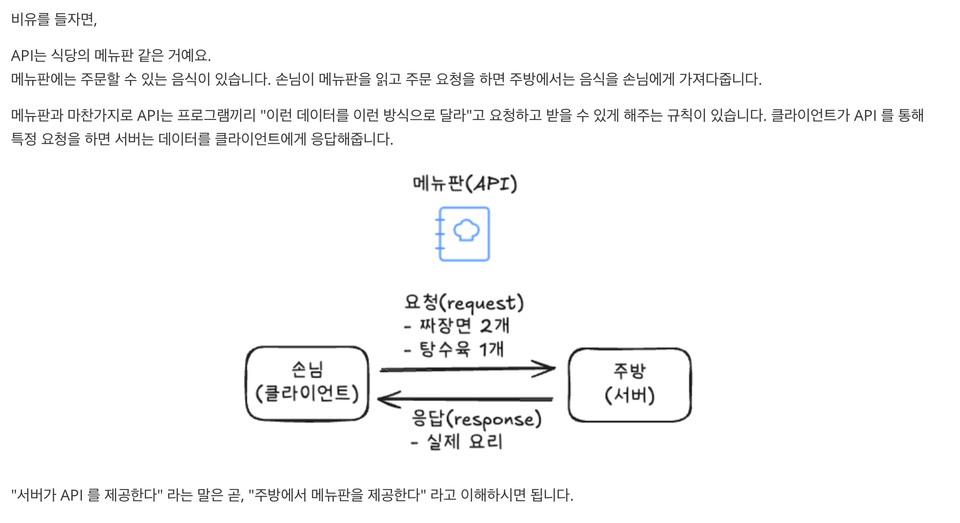
API: How clients and servers communicate, requesting and responding to data
API is a set of rules for communication between programs. Like a menu in a restaurant, it is a specification that determines what a client can request and how the server will respond. Through the analogy of a menu, you can easily understand the concept of API and learn how it is used in actual web services.
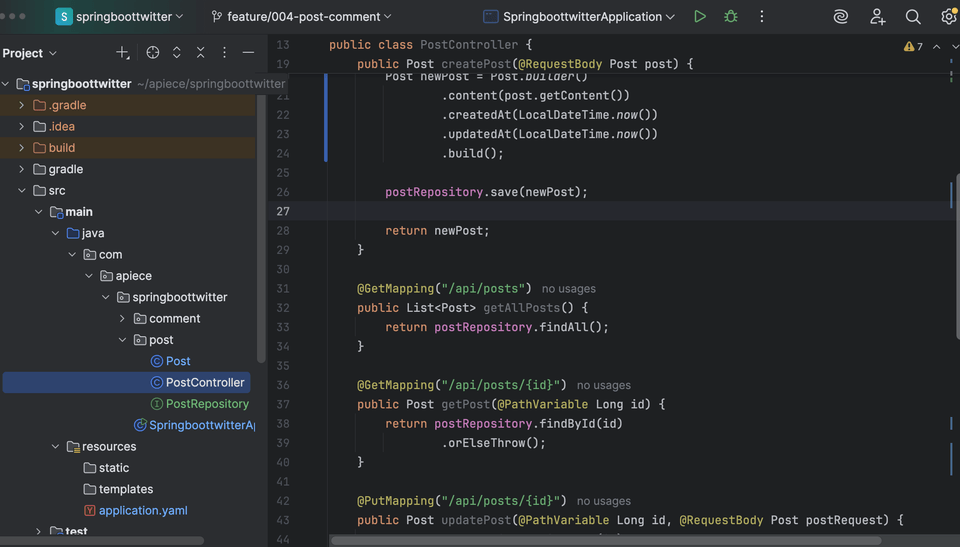
API development practice created directly with IntelliJ
It doesn't end with just hearing the concept of what an API is. You can use IntelliJ to create an API where clients and servers exchange data, and learn the core structure of web services needed for practical work.
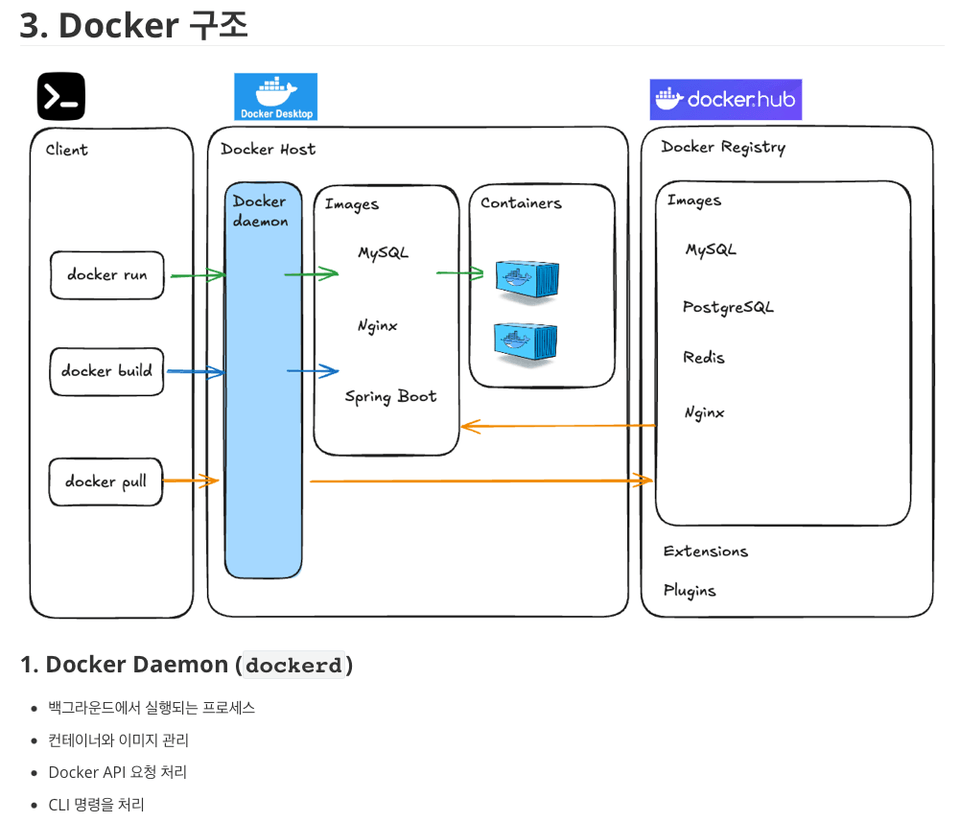
Docker: Understanding the Core Structure of Container-Based Development
How does Docker work? A daemon process called dockerd manages images and containers, and we issue commands through docker client. Understand the core components of Docker, such as images, containers, and registries, and learn structurally what role each plays.
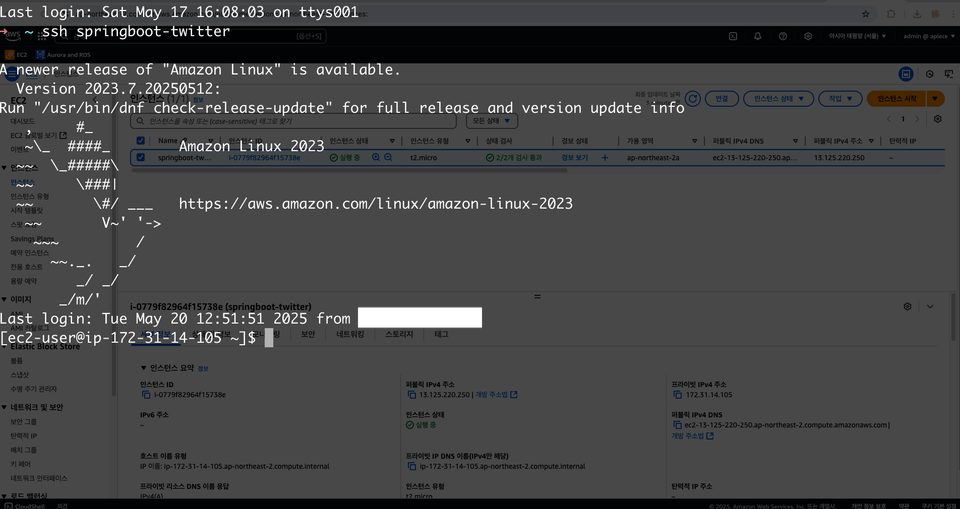
AWS EC2: Accessing the Cloud Server Directly
Cloud servers are no longer a stranger. Create an AWS EC2 instance, connect directly to the terminal, and learn the basics of server operation that are essential for practical work by handling the Linux environment. Experience installing Docker, opening ports, and setting up security groups with your own hands.
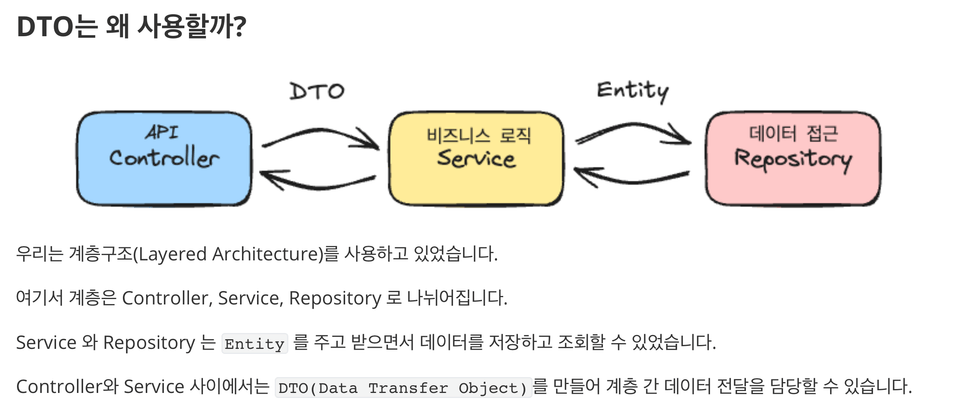
Layered architecture, DTO, Entity separation: Reliable design through separation of responsibilities
How is the backend application structured? Layered architecture separates the application by role to improve maintainability and scalability. Each layer of controllers, services, and repositories has a clear responsibility, and DTO is an object for passing data between layers and should be separated from Entity. Learn structurally why this separation is important and how to design it.
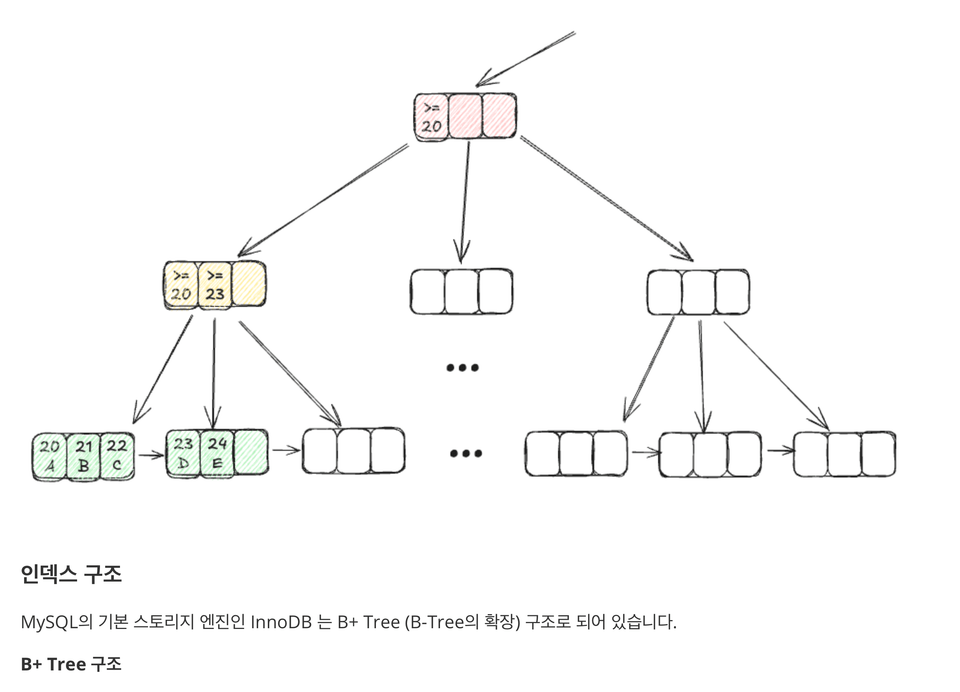
Database Index: Understanding the Internal Structure for Fast Searches
How does a database find data quickly? An index is used to speed up the search for a specific column in a table, and acts like a table of contents in a book. Understand the internal structure such as B-Tree and learn structurally in which situations an index should be used to improve performance.
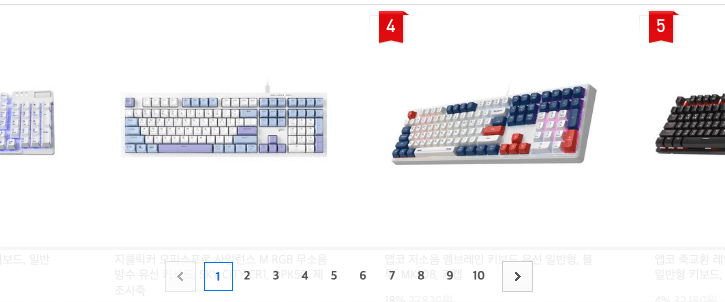
Pagination vs. Infinite Scroll: Efficient Data Delivery Beyond the Limitations of OFFSET
OFFSET -based queries, which are commonly used when displaying a large amount of data in a divided manner, show a sharp decline in performance as the page goes back. This is because the DB scans the data corresponding to the OFFSET before returning the desired results. In the backend, improvements are made to resolve this issue through methods such as cursor-based pagination or ID-based range lookups . We will structurally examine pagination and infinite scrolling, as well as the differences in UX and changes in query strategies for performance optimization.
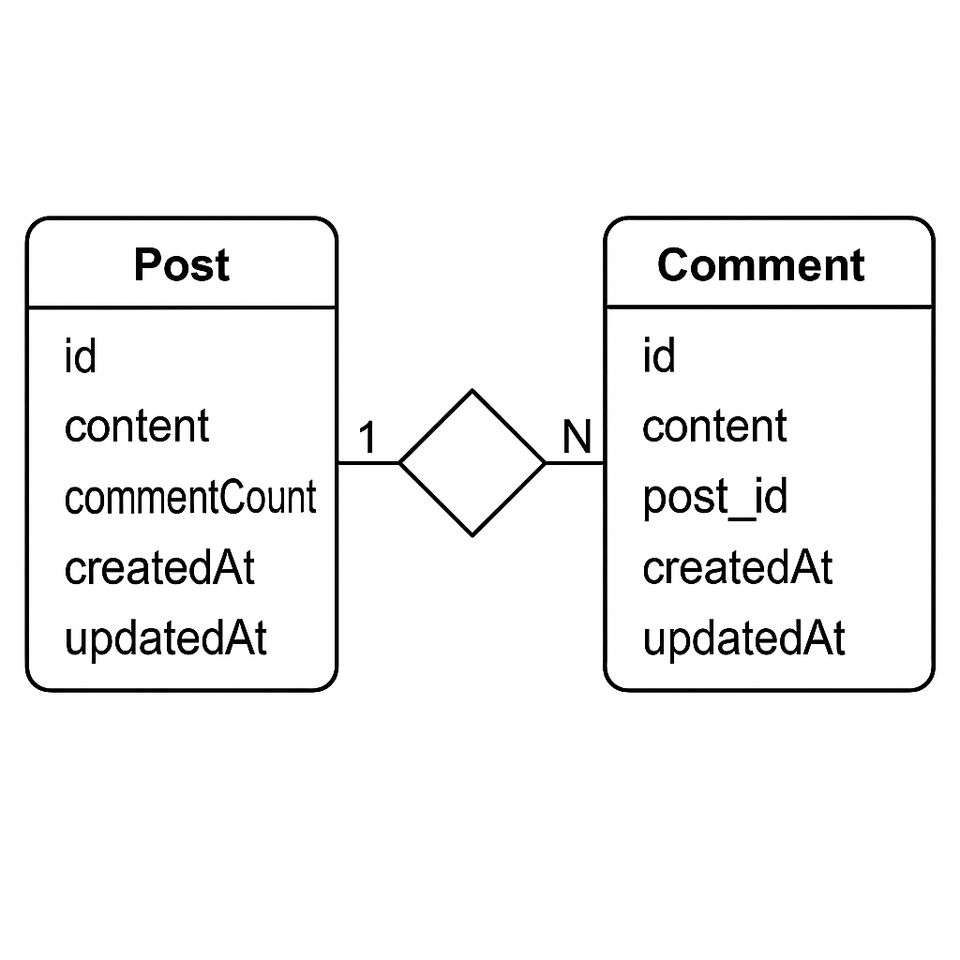
Post and comment correlation and transaction processing
In JPA, when establishing relationships between entities (such as Post-Comment), you can automatically reflect changes to the database at the time of transaction commit through change detection (dirty checking). You will also learn how to utilize change detection within a transaction, how far to group work units, and strategies for stable data processing along with relationship settings.
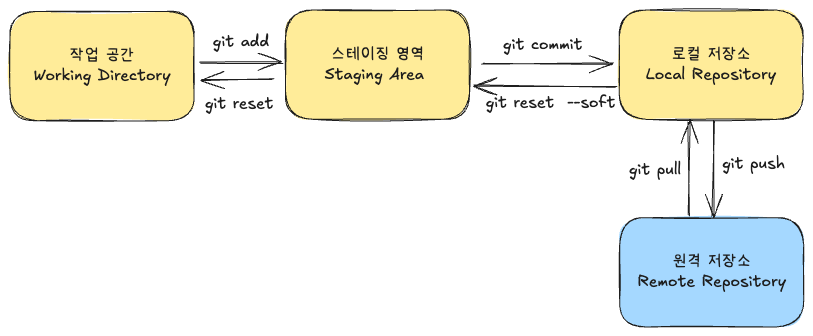
How to Use Git: Beyond Simple Commands to Strategies for Collaboration and Stability
Git is the most widely used version control tool by developers, but it goes beyond simply storing code and plays a key role in collaboration and quality control. When working alone, basic commands such as commit , push , and pull seem sufficient, but team development requires a more structured approach such as branch strategy and commit history management.
In actual work, Git is used to organize the code review flow, ensure deployment stability, and provide a foundation for team members to perform work in parallel. If Git is used properly, it can reduce confusion that may arise during the collaboration process and increase development productivity.
We will cover not only basic usage, but also branch strategies and workflows frequently used in practice.
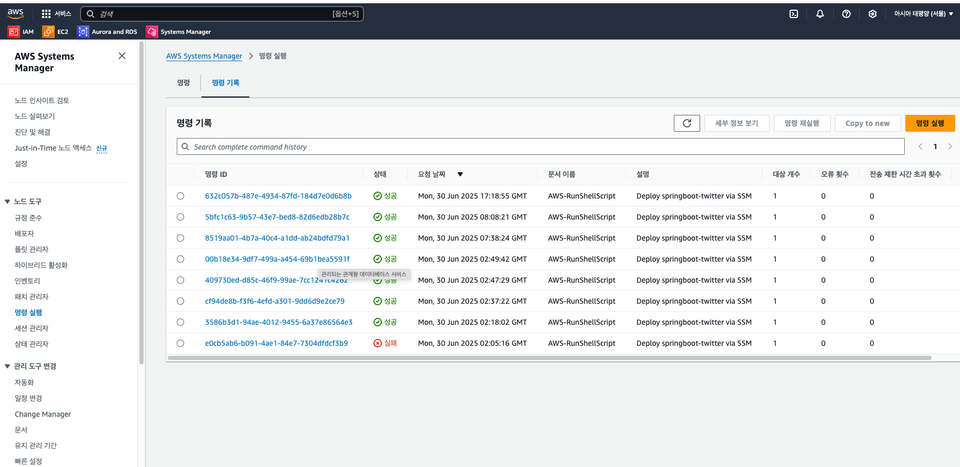
GitHub Actions and AWS SSM Integration: Secure and Convenient Authentication via OIDC
One of the concerns when accessing cloud resources in the CI/CD pipeline is the authentication method. Previously, it was common to register AWS IAM user keys in GitHub Secrets and use them, but this came with the burden of periodic key replacement and exposure risk.
You can securely access AWS resources without an IAM user key by utilizing OIDC (OpenID Connect) supported by GitHub Actions. AWS verifies the token issued by GitHub and grants temporary permissions, so you can have both security and convenience without separate key management.
We will look at the GitHub Actions and AWS OIDC integration structure and learn about specific setup methods and how to apply them in practice.
IntelliJ
Java 21
Spring Boot 3.4.4
MySQL (Docker)
AWS (EC2, RDS, IAM, SSM)
AWS is free to use (no additional costs)
Git, Github
Github Actions
We provide you with a PDF version of the lecture so that you can review it.
Who is this course right for?
Job seeker
Aspiring Backend Developers
Those who want to personally try backend server development from scratch to deployment.
For those seeking backend service development caveats and solutions.
Need to know before starting?
Java Beginner+
It's fine if you don't know Spring, Spring JPA well. We'll cover them together in the lecture.
86
Learners
9
Reviews
8
Answers
4.9
Rating
1
Course
SK, 카카오를 거쳐 개발자로 일하며
다양한 백엔드 시스템을 설계하고 운영해왔습니다.
소프트웨어 지식을 실제에도 작동하도록 만들고, 운영해보며 체득하는 경험을 담고 싶었습니다.
이 배움이 여러분의 실무에 도움이 되었으면 좋겠습니다.
문의: apiece.dev.ai@gmail.com
All
59 lectures ∙ (8hr 10min)
Course Materials:
7. REST API
09:33
All
9 reviews
4.9
9 reviews
Reviews 1
∙
Average Rating 4.0
Edited
4
It was helpful.
Hello, Flustered Raccoon! I remember you taking the course and leaving questions. I hope it was helpful, and I'll try to create even more helpful materials. Thank you for listening.
Reviews 1
∙
Average Rating 5.0
5
Alright, let's binge-watch this!
Hello Mr. Hwang Jjun Jjun, let's run for it! Fighting!
Reviews 2
∙
Average Rating 5.0
Reviews 2
∙
Average Rating 5.0
Reviews 1
∙
Average Rating 5.0
5
It was an essential, substantial class!
Hello jyw0714 :) You've worked hard to complete the course! We will continue to strive to create valuable content with higher quality lectures and materials. Thank you.
Limited time deal ends in 6 days
$41.80
29%
$59.40
Explore other courses in the same field!